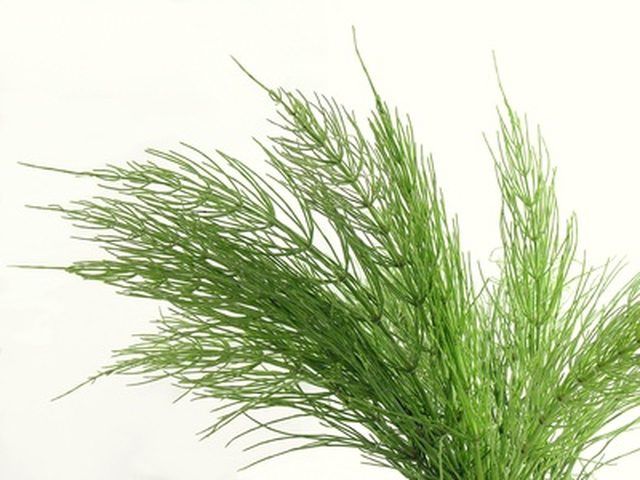Bulbs
Flower Basics
Flower Beds & Specialty Gardens
Flower Garden
Garden Furniture
Garden Gnomes
Garden Seeds
Garden Sheds
Garden Statues
Garden Tools & Supplies
Gardening Basics
Green & Organic
Groundcovers & Vines
Growing Annuals
Growing Basil
Growing Beans
Growing Berries
Growing Blueberries
Growing Cactus
Growing Corn
Growing Cotton
Growing Edibles
Growing Flowers
Growing Garlic
Growing Grapes
Growing Grass
Growing Herbs
Growing Jasmine
Growing Mint
Growing Mushrooms
Orchids
Growing Peanuts
Growing Perennials
Growing Plants
Growing Rosemary
Growing Roses
Growing Strawberries
Growing Sunflowers
Growing Thyme
Growing Tomatoes
Growing Tulips
Growing Vegetables
Herb Basics
Herb Garden
Indoor Growing
Landscaping Basics
Landscaping Patios
Landscaping Plants
Landscaping Shrubs
Landscaping Trees
Landscaping Walks & Pathways
Lawn Basics
Lawn Maintenance
Lawn Mowers
Lawn Ornaments
Lawn Planting
Lawn Tools
Outdoor Growing
Overall Landscape Planning
Pests, Weeds & Problems
Plant Basics
Rock Garden
Rose Garden
Shrubs
Soil
Specialty Gardens
Trees
Vegetable Garden
Yard Maintenance
Care of a Horsetail Plant
Care of a Horsetail Plant. Also known as scouring rush, the horsetail plant (Equisetum hyemale L. Canuela) is an aquatic perennial that works well in the garden landscape. Mature horsetail plants measure approximately 4 feet in height and can be somewhat invasive. For this reason, horsetail plants require sunken containers to control their spread....

Also known as scouring rush, the horsetail plant (Equisetum hyemale L. Canuela) is an aquatic perennial that works well in the garden landscape. Mature horsetail plants measure approximately 4 feet in height and can be somewhat invasive. For this reason, horsetail plants require sunken containers to control their spread. The bright green leafless stalks of the horsetail plant, require minimal care when planted in wet, boggy soil within USDA hardiness zones 7 through10.
Things You'll Need
Gallon-sized container
Potting soil
Pea gravel
All-purpose fertilizer
Bricks or cinder blocks (optional)
Fill a gallon-sized container 3/4 full with potting soil. Remove the horsetail plant from its nursery container and plant the horsetail in the center of the pot.
Place a 1-inch layer of pea gravel over the soil around the horsetail plant. A thin layer of pea gravel will help to keep the soil in the submerged pot. Without the gravel, the soil is subject to erosion.
Dig a hole for the horsetail plant and its container in a wet area that receives full or partial sun throughout the day. Because horsetail prefers boggy conditions, the edge of a pond or water garden will fulfill the water needs of the horsetail plant.
Bury the container in the hole and backfill, making sure that the foliage of the horsetail plant is above the soil line. Feed the horsetail plant a diet of all-purpose fertilizer per label instructions. Horsetail appreciates a dose of fertilizer in early spring before new growth develops.
Allow the horsetail plant to die back naturally in the fall. The foliage will turn from green to yellow, and finally to brown. The horsetail plant will begin to grow once again after the winter thaw. There is no need to cut the plant to the soil line once it dies off.
Tips & Warnings
If you prefer a smaller cultivar, dwarf varieties of horsetail are available that grow 6 to 8 inches tall.
Submerge the pot directly in the pond, if you prefer. Make sure that the foliage rests above the water line. Set the pot on bricks or cinder blocks to raise the foliage above the water line.
Do not allow the soil around the horsetail plant to dry out. If your pond recedes after planting, relocate the pot.